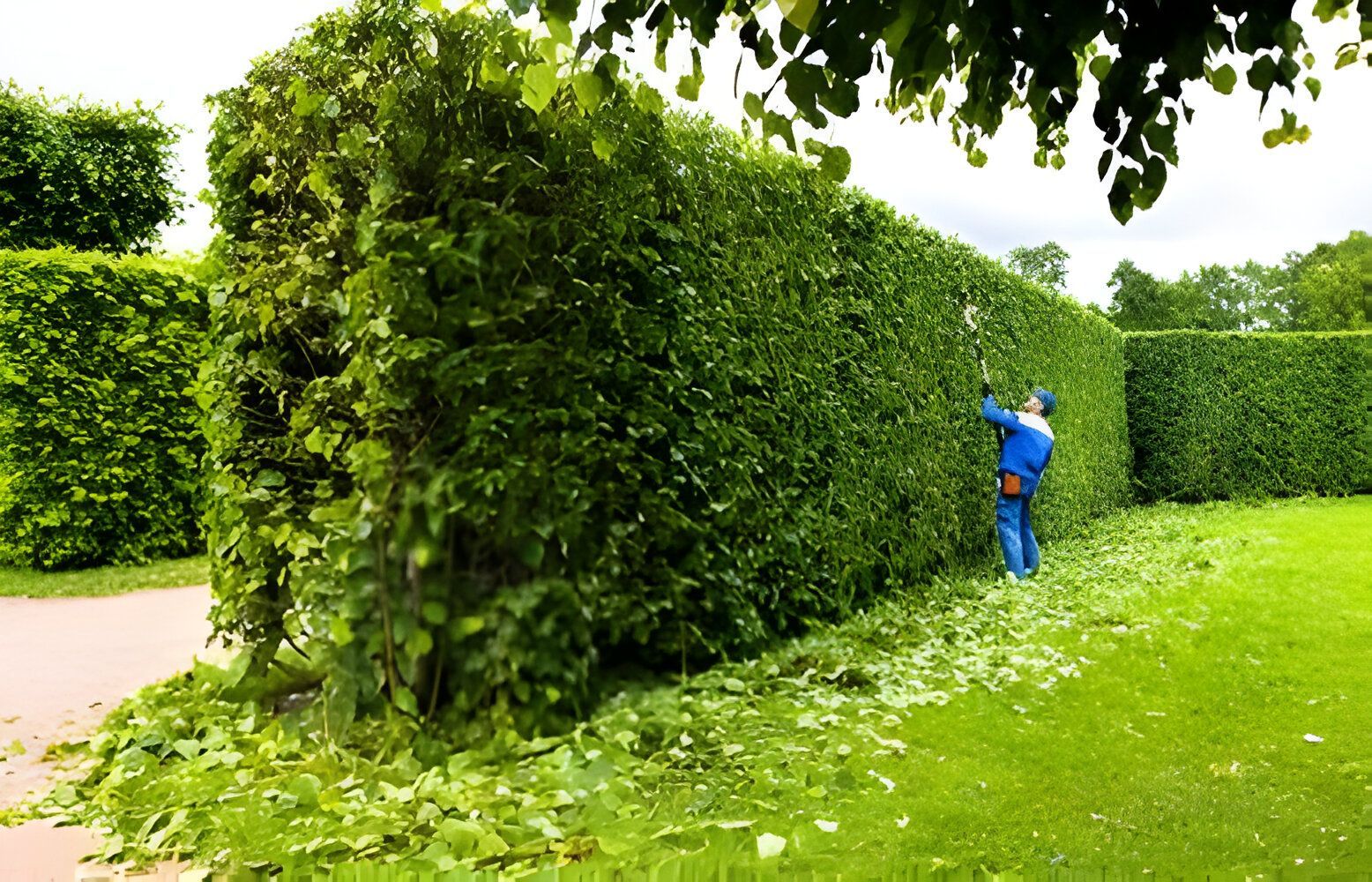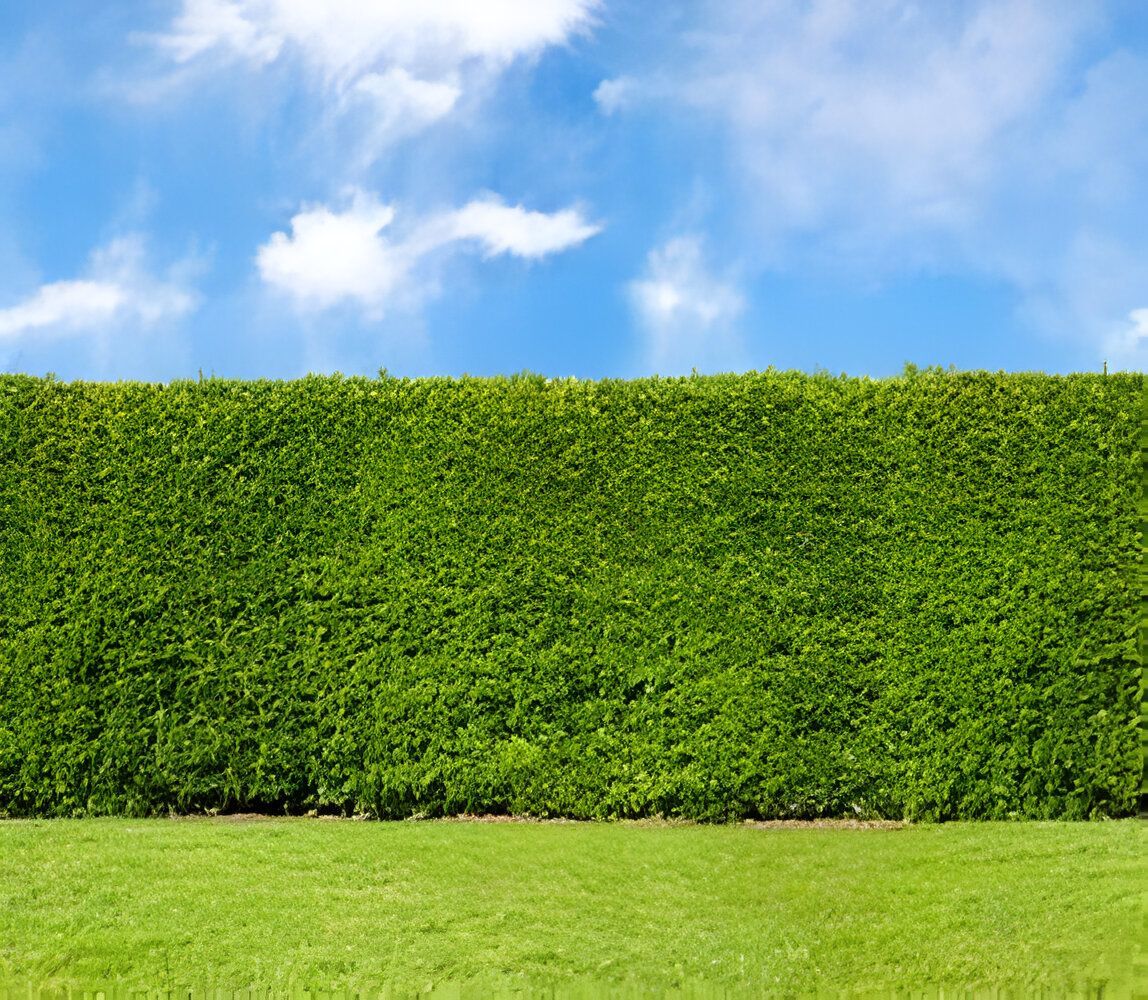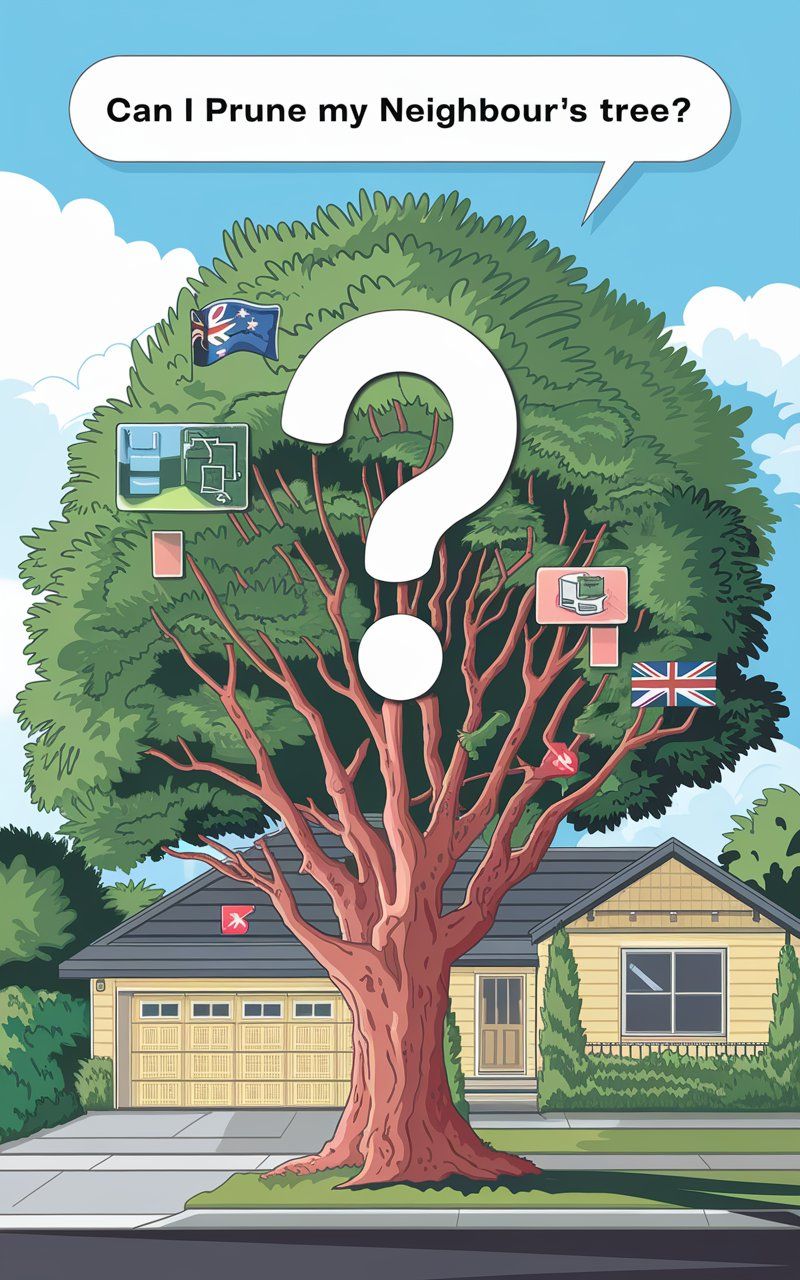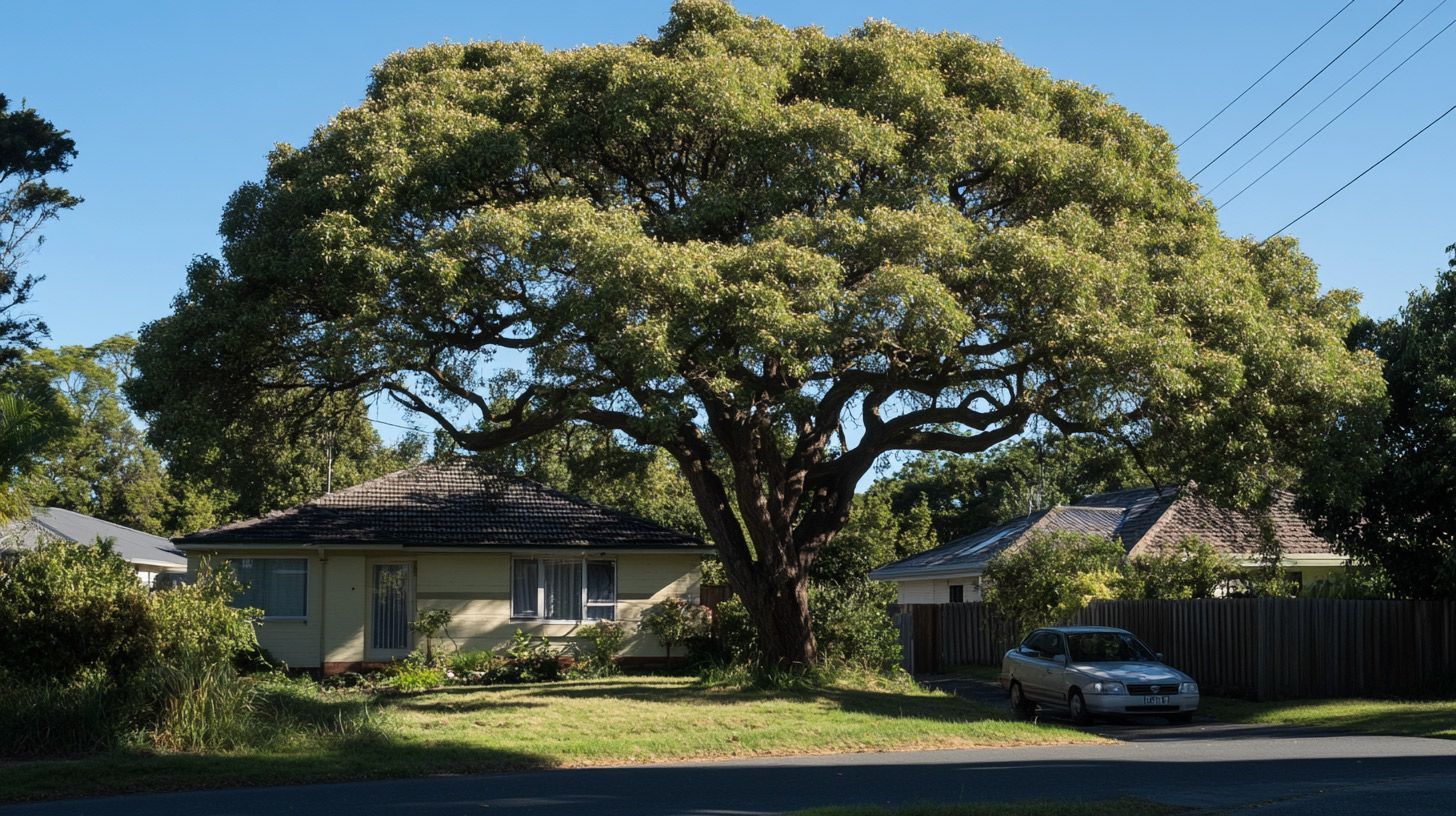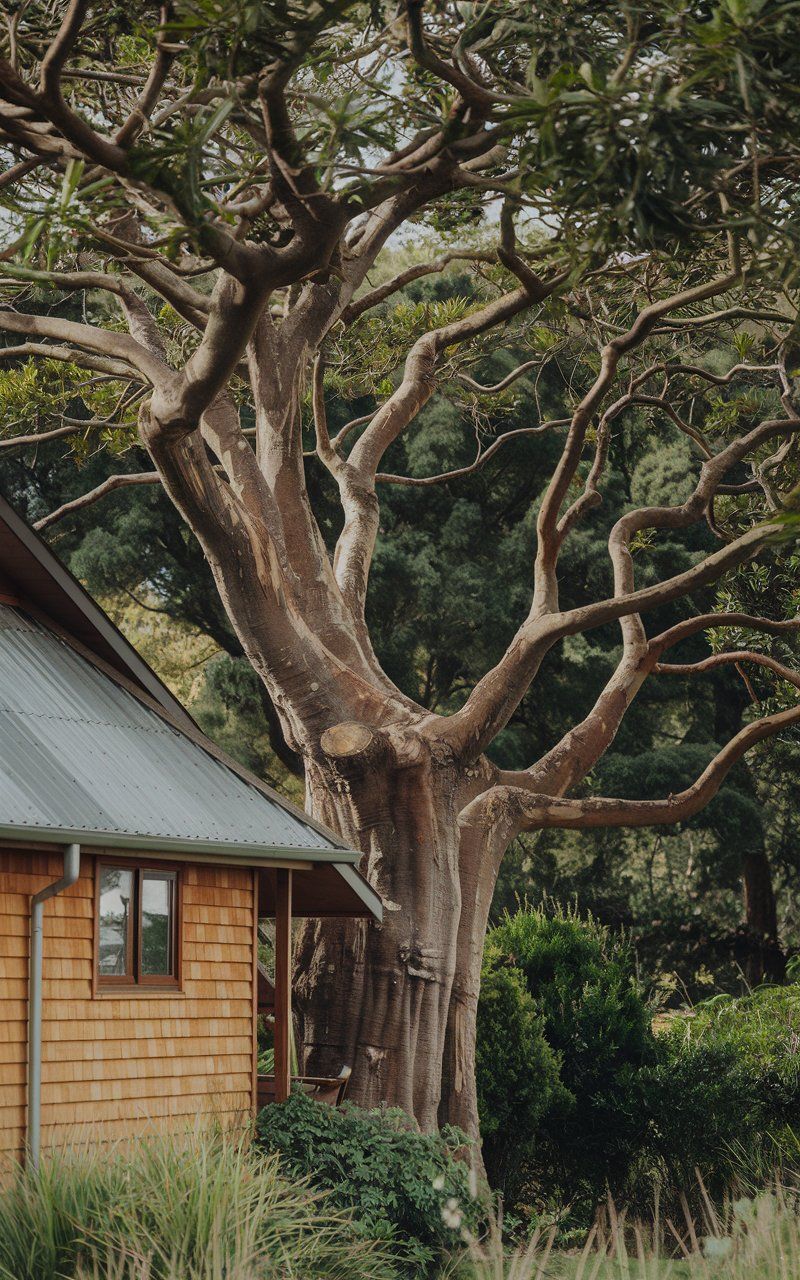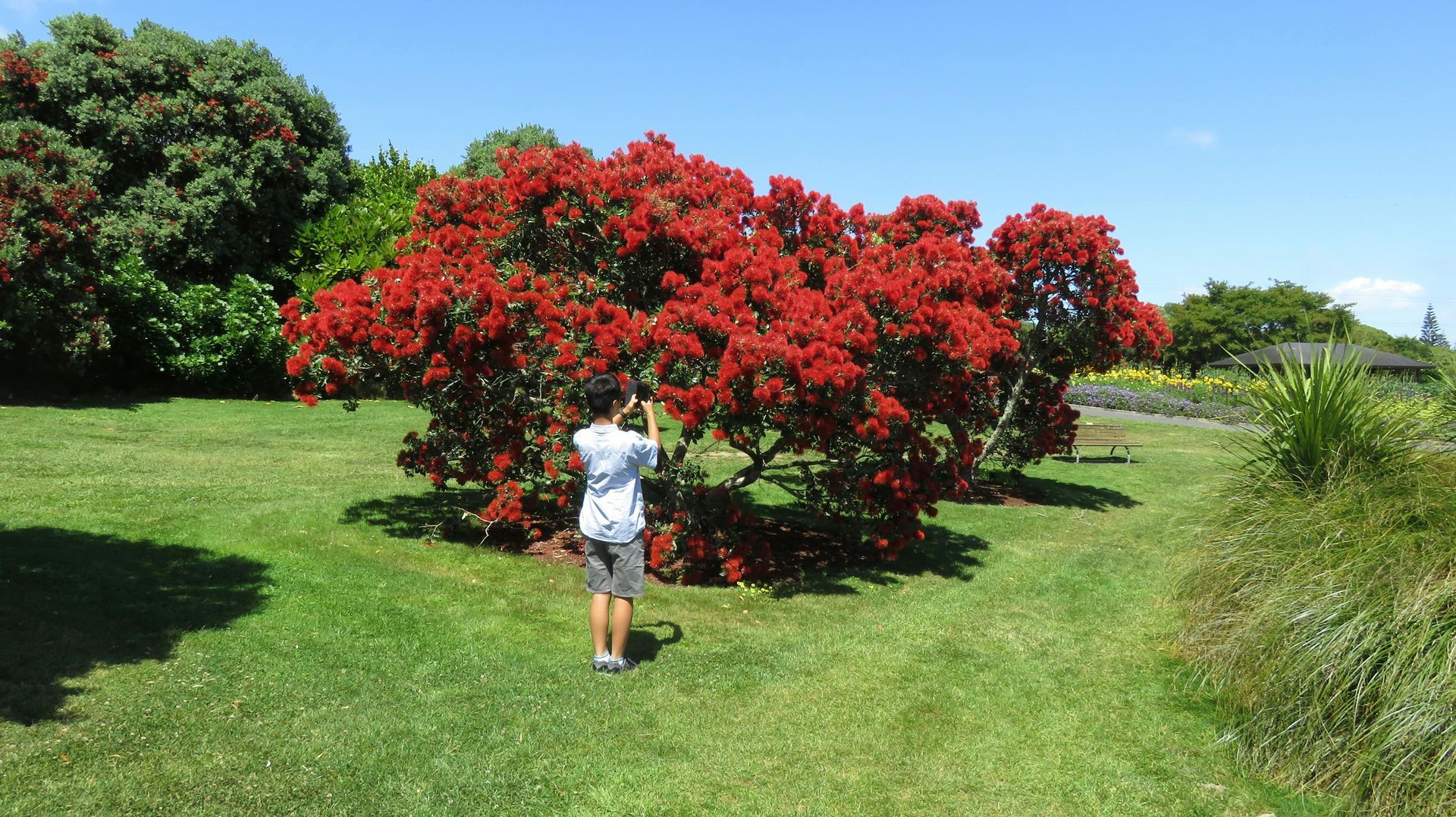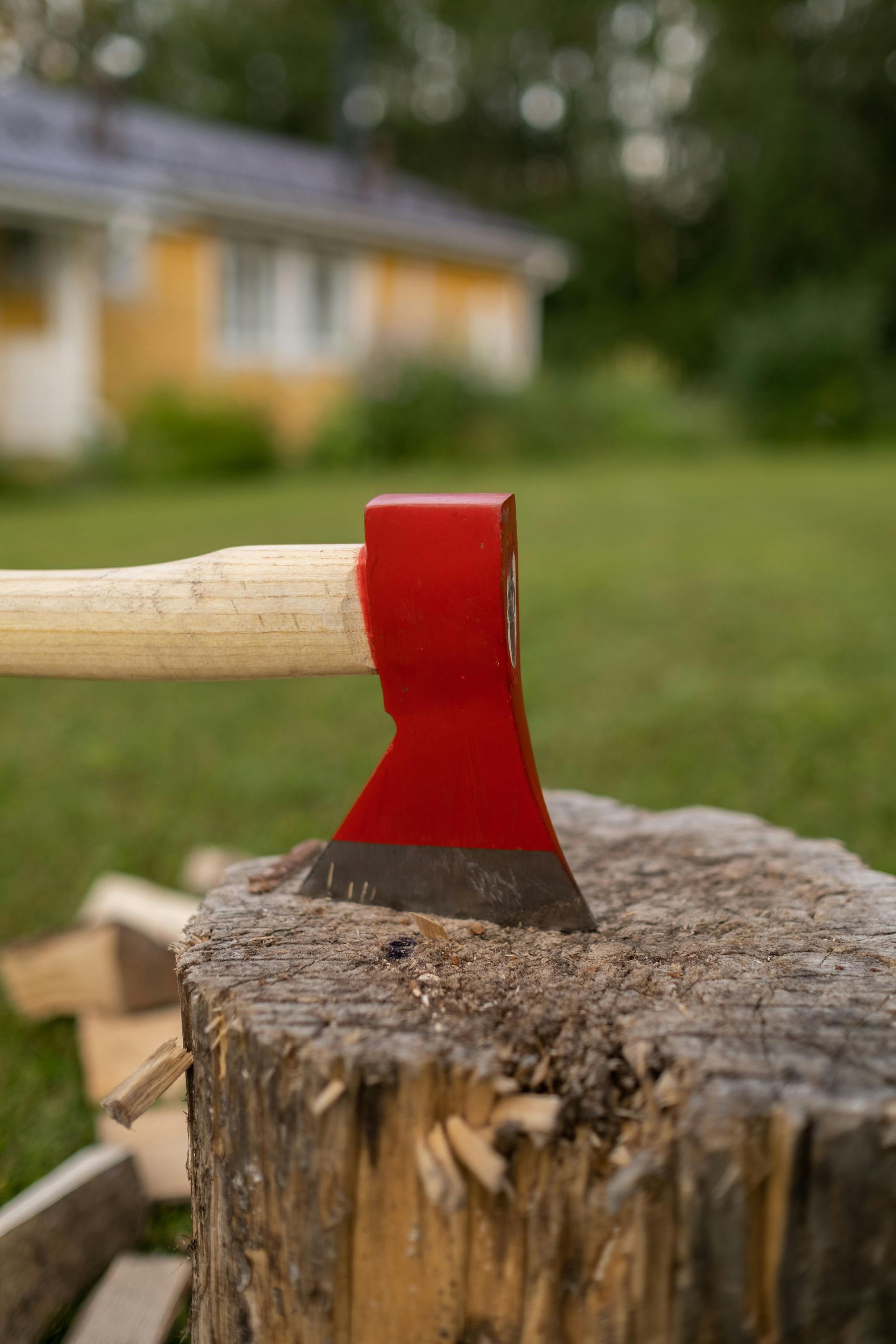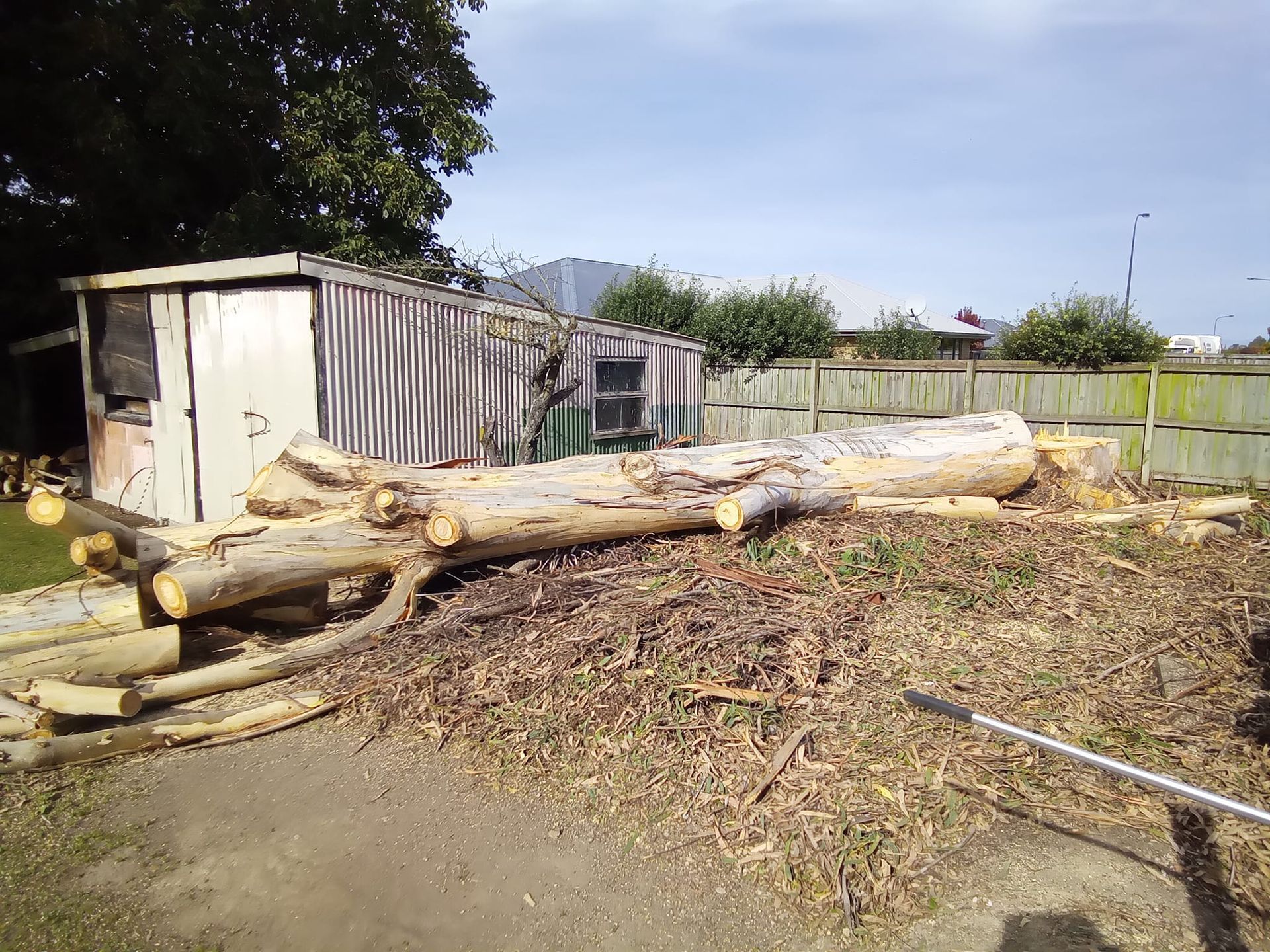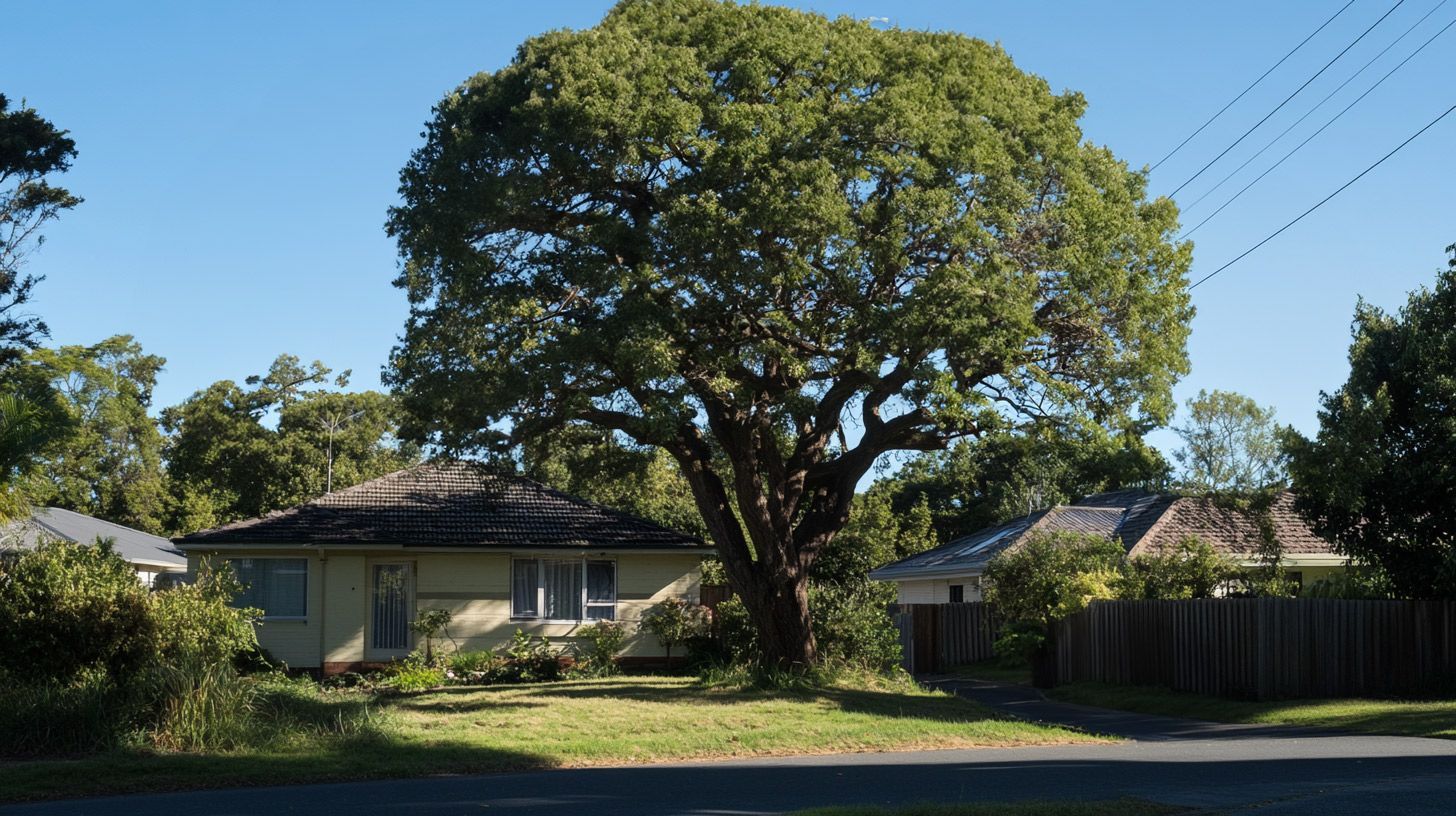Can You Cut a Hedge Back Too Much?

Hedge trimming is a crucial aspect of garden maintenance, but overzealous pruning can harm your hedge rather than help it.
So, can you cut a hedge back too much?
The short answer is yes—over-pruning can damage the health and appearance of your hedge, sometimes irreversibly.
Let’s dive into the details to understand the risks, signs, and best practices.
What Happens When You Cut a Hedge Back Too Much?
Excessive pruning can
Weaken the Plant - Removing too much foliage reduces the hedge’s ability to photosynthesise and produce energy.
Create Bare Patches -Over-pruned hedges may struggle to regrow, leaving unsightly gaps.
Increase Vulnerability - Harsh pruning can expose the plant to pests, diseases, and weather damage.
Delay Recovery - Some species take years to recover, while others may not regrow at all.
Signs You Have Cut Back Too Much
1. Bare Branches with No Leaves
A hedge stripped down to its woody stems is a clear sign of over-pruning. Many species struggle to regenerate from old wood.
2. Stunted Growth
If your hedge isn’t producing new shoots, it may be in shock from over-pruning.
3. Browning or Dead Sections
Severe pruning can lead to dieback, especially if cuts are poorly placed or the hedge is pruned out of season.
How to Avoid Cutting a Hedge Back Too Much
1. Follow the 25% Rule
Never remove more than 25% of the hedge’s foliage in one trimming session. This ensures the plant retains enough energy for healthy regrowth.
2. Prune at the Right Time
Timing is critical. Late winter or early spring is ideal for most species, as this allows the hedge to recover during the growing season.
3. Understand the Species
Some hedges, like privet and boxwood, can tolerate hard pruning. Others, like conifers, may not recover from excessive cuts.
4. Use Proper Tools and Techniques
Sharp, clean tools make precise cuts that heal faster. Avoid tearing branches or cutting into the trunk.
Case Studies - Cutting Hedges Back Too Much
Case Study 1: Over-Pruned Pittosporum in Wellington
A Wellington homeowner removed 60% of a pittosporum hedge to reduce its height. The hedge struggled to recover, leaving bare sections that never regrew.
A professional arborist later recommended replacing the hedge entirely.
Case Study 2: Damaged Camellia Hedge in Christchurch
A camellia hedge in Christchurch was cut back to the woody stems in autumn.
The timing and severity of the pruning caused dieback, and the homeowner spent $500 on fertilisers and treatments to stimulate regrowth.
Case Study 3: Successful Recovery of a Box Hedge in Auckland
In Auckland, a box hedge was pruned back by 40% in late winter. While initially sparse, the hedge regrew lush and dense by summer, thanks to proper timing and care.
Case Study 4: Conifer Hedge in Dunedin
A homeowner in Dunedin trimmed a conifer hedge too aggressively, cutting into old wood. The hedge failed to regrow, leaving permanent gaps. They eventually replaced it with a slower-growing species better suited to their maintenance style.
Case Study 5: Lavender Hedge in Queenstown
A lavender hedge was cut back to its woody base during peak flowering. The harsh pruning resulted in stunted growth and fewer blooms the following year. With professional advice, the homeowner learned to trim only soft, new growth after flowering.
Best Practices for Hedge Maintenance
1. Prune Gradually
If you need to reduce a hedge’s size significantly, do it over multiple seasons. This prevents shock and encourages consistent regrowth.
2. Prioritise Healthy Growth
Focus on removing dead or diseased branches first. Always cut just above a leaf node or bud to promote new growth.
3. Consider a Professional Arborist
For large or complex hedges, hiring an expert can prevent costly mistakes. Arborists understand species-specific needs and proper pruning techniques.
4. Fertilise and Water Regularly
Support your hedge’s recovery after pruning by providing adequate nutrients and water.
This boosts its ability to regrow quickly and healthily.
Costs of Hedge Pruning in NZ
Hedge trimming costs depend on the hedge’s size, species, and location.
Here’s a general guide:
Small hedges: $50–$150
Medium hedges: $150–$300
Large hedges: $300+
Additional costs may include:
Green waste removal: $50–$100
Fertilisation or pest treatments: $50–$150
Professional consultation: $100–$250
Conclusion - Can You Cut a Hedge Back Too Much?
Yes, it’s possible to cut a hedge back too much, and the consequences can range from delayed recovery to permanent damage. To avoid these issues, follow the 25% rule, understand your hedge’s species, and use proper pruning techniques.
If you’re unsure, consult a professional arborist to ensure the health and longevity of your hedge.
Ready to tackle your hedge trimming project with confidence?
Contact a local arborist today for expert advice and a free quote!

